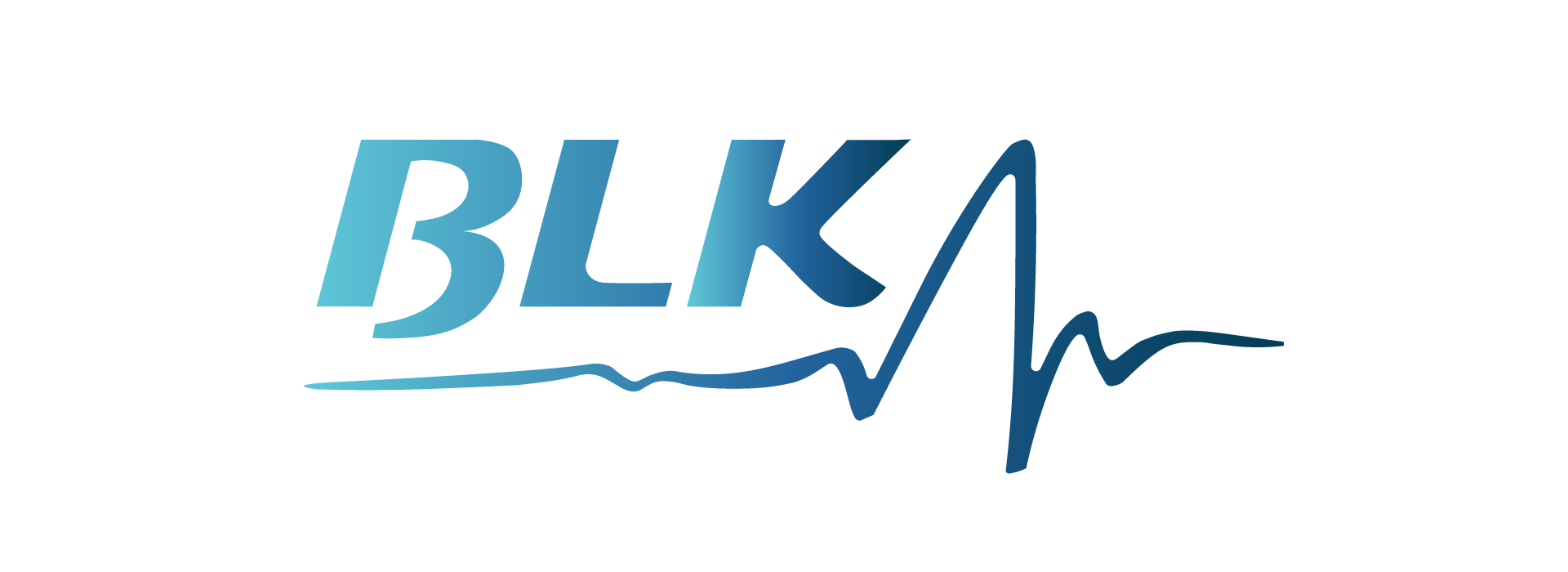Medical insurance plays a crucial role in healthcare by providing financial protection and access to necessary medical services. However, traditional medical insurance processing has often been plagued with inefficiencies, errors, and delays. Enter technology—an evolving force that’s transforming the landscape of medical insurance processing, making it more efficient, accurate, and user-friendly.
The Role of Technology in Medical Insurance
Technological advancements have revolutionized many industries, and medical insurance is no exception. From automation and artificial intelligence (AI) to blockchain and big data, technology is streamlining processes and enhancing service delivery. This transformation is not just about adopting new tools but also about creating more efficient systems that improve both provider and patient experiences.
Automation in Claims Processing
Automation is one of the most significant technological advancements in medical insurance. Automated systems handle repetitive tasks, reduce human error, and speed up processing times. For instance, claims automation software can process claims within minutes, which used to take days or even weeks manually. This shift not only reduces administrative burdens but also ensures faster payouts for policyholders.
Artificial Intelligence and Machine Learning
AI and machine learning are game-changers in medical insurance processing. AI algorithms can analyze vast amounts of data to detect patterns and anomalies, helping in fraud detection and risk assessment. Machine learning models predict claim outcomes and optimize workflows by learning from historical data. These technologies ensure that claims are processed accurately and efficiently, minimizing the risk of errors.
Blockchain Technology
Blockchain offers a decentralized and secure way of handling transactions, making it ideal for medical insurance. By creating immutable records, blockchain enhances transparency and reduces fraud. For example, smart contracts can automate the execution of claims when predefined conditions are met, ensuring that all parties adhere to the agreed terms without manual intervention.
Big Data and Analytics
The role of big data in medical insurance cannot be overstated. With access to vast amounts of data, insurers can perform real-time analytics to make informed decisions. Big data analytics help in identifying trends, predicting future risks, and personalizing insurance plans to meet individual needs. This data-driven approach leads to better risk management and more competitive insurance products.
Cloud Computing
Cloud computing offers scalable and flexible solutions for medical insurance processing. Cloud-based systems allow insurers to store and access data securely from anywhere, facilitating seamless collaboration and data sharing.
Telemedicine and Remote Processing
The rise of telemedicine has significantly impacted medical insurance processing. Remote consultations and digital health records simplify the claims process by providing insurers with immediate access to patient information. This integration reduces the time needed to verify claims and expedites the reimbursement process, benefiting both insurers and patients.
Mobile Technology and Apps
Mobile technology has revolutionized how policyholders interact with their insurance providers. Mobile apps allow users to file claims, check policy details, and communicate with customer service from their smartphones. For insurers, these apps provide a direct channel to engage with customers, offer personalized services, and gather valuable data for improving service delivery.
Robotic Process Automation (RPA)
RPA involves using software robots to perform routine tasks that typically require human intervention. In medical insurance, RPA can handle tasks such as data entry, policy renewals, and claim status updates. By automating these processes, insurers can reduce operational costs, minimize errors, and free up human resources for more complex tasks.
Customer Experience and Technology
Technology plays a pivotal role in enhancing customer experience in the medical insurance sector. Digital tools provide customers with self-service options, personalized communication, and real-time updates on their claims. AI-powered chatbots, for example, can answer customer queries instantly, improving satisfaction and reducing the workload on customer service teams.
Regulatory Compliance and Technology
Staying compliant with regulations is critical for medical insurers. Technology helps ensure that all processes adhere to legal standards. RegTech (regulatory technology) solutions automate compliance checks and generate reports, reducing the risk of non-compliance. Examples include automated audit trails and compliance management systems that keep track of regulatory changes and ensure adherence.
Cybersecurity in Medical Insurance
Protecting sensitive medical and personal data is paramount in the insurance industry. Cybersecurity technologies, such as encryption and multi-factor authentication, safeguard data from breaches and unauthorized access. Insurers invest in robust cybersecurity measures to protect their systems and maintain trust with their policyholders.
In conclusion, technology is fundamentally transforming medical insurance processing. From automation and AI to blockchain and big data, these advancements are making the industry more efficient, accurate, and user-friendly. As technology continues to evolve, the future of medical insurance processing promises to be even more innovative and effective, ultimately benefiting both insurers and policyholders.
FAQs
How does AI improve medical insurance processing?
AI improves medical insurance processing by analyzing large datasets to detect patterns and anomalies, helping in fraud detection, risk assessment, and optimizing workflows for accurate and efficient claim processing.
What are the benefits of blockchain in insurance?
Blockchain enhances transparency, reduces fraud, and creates immutable records. Smart contracts on the blockchain can automate claims processing, ensuring adherence to terms without manual intervention.
What is RPA and how is it used in insurance?
RPA uses software robots to perform routine tasks such as data entry, policy renewals, and claim status updates. It reduces operational costs, minimizes errors, and frees up human resources for more complex tasks.




